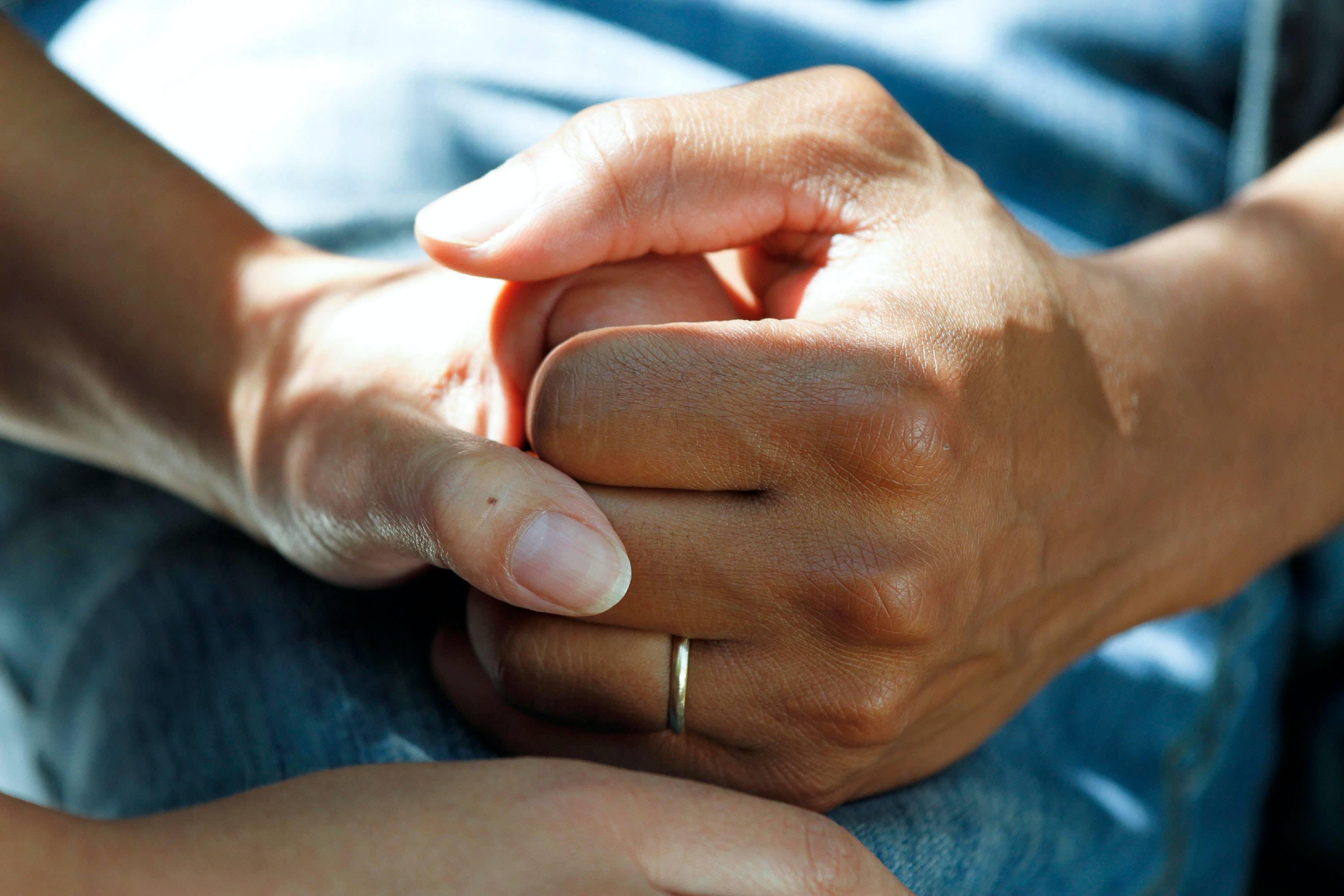
Review: Guard your heart with 24-hour ECG recorder
From: https://gadgetsandwearables.com/
Monitoring ECG with smartwatches is becoming increasingly common. Apple, Fitbit, and a number of other brands have come out with solutions. What these have in common is that they are on-demand, work from the wrist and typically capture a reading lasting around 30 seconds. The 24-Hour ECG Recorder is something much more sophisticated.
This is the type of device that was previously only available in hospital settings. It offers 24-hour monitoring of ECG and provides analysis of up to 14 different kinds of abnormal heart events. The device is non-invasive and completely safe to use.
The procedure is simple and consists of sticking two electrodes onto the skin on your chest. You can do this with a chest strap or patches.
In private hospital settings, a single session with a 24-hour ECG monitor can set you back upwards of between $150 and $200. This device comes with a one-off $299 price tag. There are no subscription fees or other expenses and more than one person can use it. You can check it out on mdcubes.com.
Over the past few weeks, I’ve tested the 24-Hour ECG Recorder in a number of different use scenarios and with different people. Here’s what I made of it.
24-Hour ECG Recorder review: Design & hardware
- Single-lead ECG monitor
- Looks and feels like a standard heart chest strap
- Records for up to 24 hours
- Three-day battery life on a single charge
Trending Topics
ECG • Heart Health • ecg test • ekg • ecg leads • cardiography • cardiac problems • cardiac attack • vital signs • high blood pressure • heart disease
Look & feel


Under the hood

Hardware specs
- Size (main unit): 100 x 23 x 8.3mm
- Weight < 1.23 oz (with battery)
- ECG lead type: Single-lead ECG
- Input impendence: ≥10MΩ, 10Hz
- Frequency response: 0/67 – 40 Hz
- Linearity and dynamic range: 10mV (peak-to-valley)
- Gain error: Maximum error ±10%
- Type of battery: rechargeable lithium battery
- Battery running time: 72 hours (fully charged)
- Charging time (2 horus (to 90% power)
- Water-resistance: IP22
- Storage: 10 individual ECG sessions on it or 30 hours of data
24-Hour ECG Recorder review: Functionality
- Use with the chest strap or stick-on patches
- Picks up on 14 different ECG abnormalities
- No Bluetooth or WiFi is required
- Excellent PC and Mac software
- Smartphone app of limited use

Setup and first use
A highlight of this product for me is the ease of use. Simply tighten the strap around your chest and attach the main unit to the pins – the end with the letter R needs to go on the right side. A little vibration along with the blinking green light will let you know that it has started recording. Prior to that you’ll want to wet the plastic strip on the inside of the strap a little. This is to ensure a good signal is captured right from the outset.
The other option is to use the patches provided to secure the device to your chest. Just ensure that they are positioned at a 45-degree angle. These are single-use, disposable patches and your purchase gets you 10 in a box. You also have the option of obtaining a box of additional patches – a pack of 60 costs $29.
I tried both ways of wearing it and must say that I prefer the chest strap. It is easier to put on and take off. Once it is attached to the chest, you don’t feel anything anymore and it doesn’t bother you at all.

You’ll be happy to know that nothing is transmitted to the outside world, so no Bluetooth or WiFi is required. And the device will keep recording your signal continuously until you remove it.
Another option, which I didn’t really find all that useful, is to rest your fingers on the electrodes. This is meant for a quick check and works with the smartphone app. But the signal quality is not as good so I found that to be of limited use.

The smartphone app shows a live feed of ECG & heart rate




The PC, MAC software makes this product what it is


Quality of data




- Product Q+A




